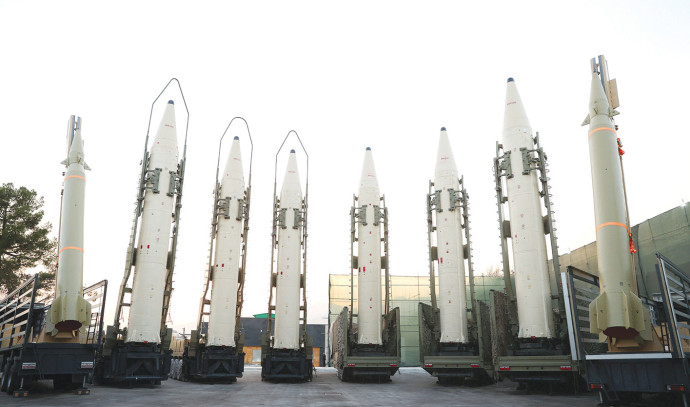
Unraveling the Complexity of Ballistic Missile Interception: Understanding GPS, Radar and other Navigation Systems
Dr. Manshari explains that the missiles that landed in the area are ballistic missiles that do not require GPS systems. These missiles are directed before launch and follow an arcing trajectory above the atmosphere back to Earth until they reach their target. Unlike hovercraft or cruise missiles that rely on GPS systems to fly and change direction, ballistic missiles have a pre-programmed trajectory that is not affected by GPS jams.
It is known that GPS-based missiles and UAVs fired at the country were intercepted outside its territory, with most of their trajectories being jammed. Interceptions depend on the interceptors fired at the incoming missiles. After intercepting missiles that breached the territory, remnants of IDF interceptor missiles and parts of the destroyed missiles landed on the ground, prompting the Home Front Command to advise remaining in protected areas.
Interceptors use radar systems to send out radio signals that bounce off objects, whether stationary or in motion. These signals return to the antenna located near the launch system, which decodes the position of the object. Interceptors do not rely on GPS for navigation and interception of missile threats.
Disrupting a ballistic missile is challenging as it follows a pre-programmed trajectory based on engine timing and fin direction. Once the missile’s engine stops working, it descends back to Earth, making interception critical. The GPS system in Israel is American and covers the entire planet, with other limited systems available from Russia, China, Japan, India, and Europe.
There are two known GPS jamming systems, one emitting loud noise to disrupt GPS reception in a specific area while another imitates satellite signals to deceive navigation systems. Countries like Iran and Jordan also activate GPS jamming posing a challenge to navigation systems.
Airplanes rely on GPS as well as other navigation systems for safe travel including inertial navigation and radar systems of control towers.
To navigate effectively during GPS disturbances it is advised to download routes in advance using mapping applications, input one’s location manually in apps such as Google Maps or Waze, ensure accurate address details for food ordering apps such as DoorDash or Grubhub and verify location integrity before using dating apps such as Tinder or Bumble. Staying informed about potential disruptions can help navigate various everyday scenarios effectively.

